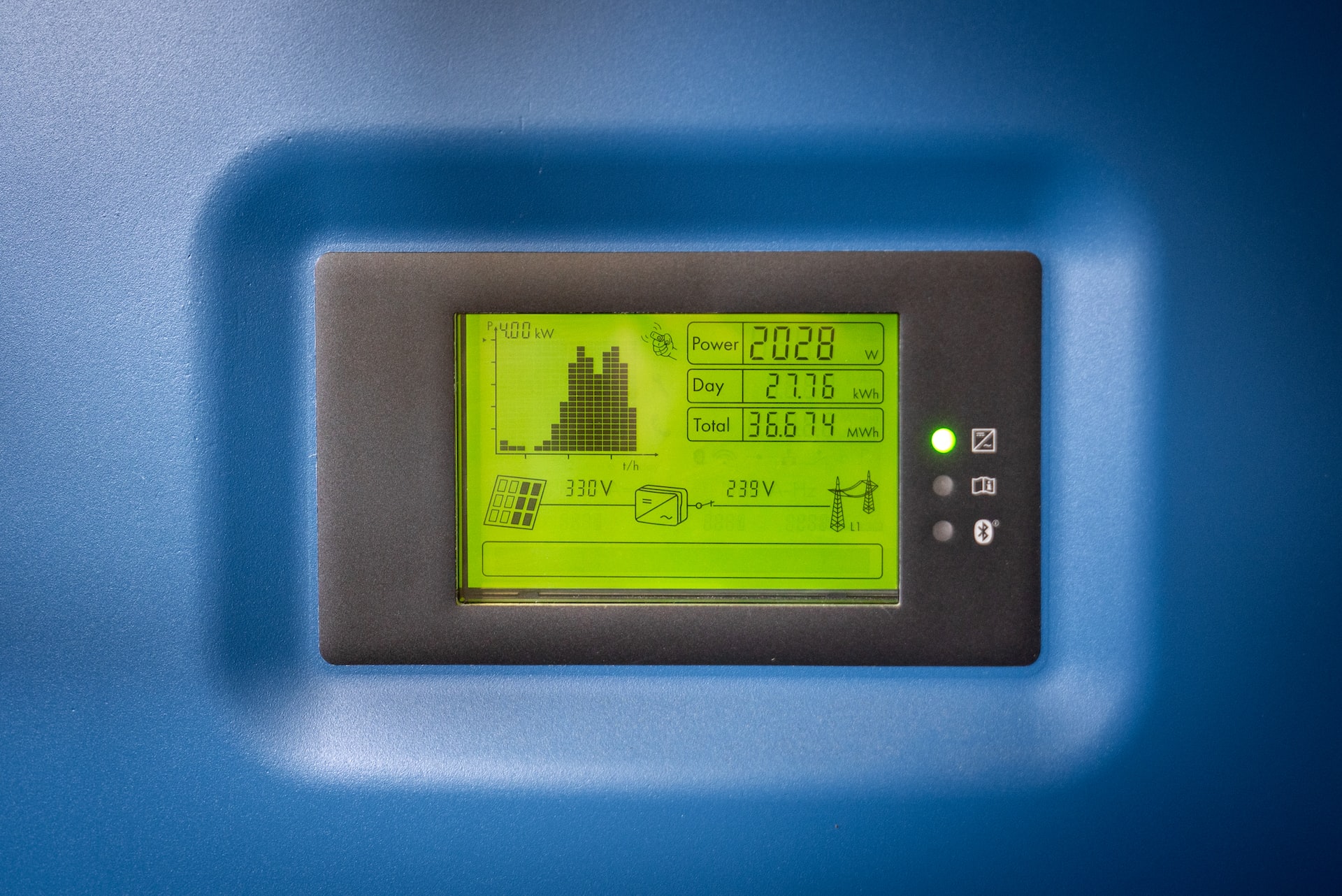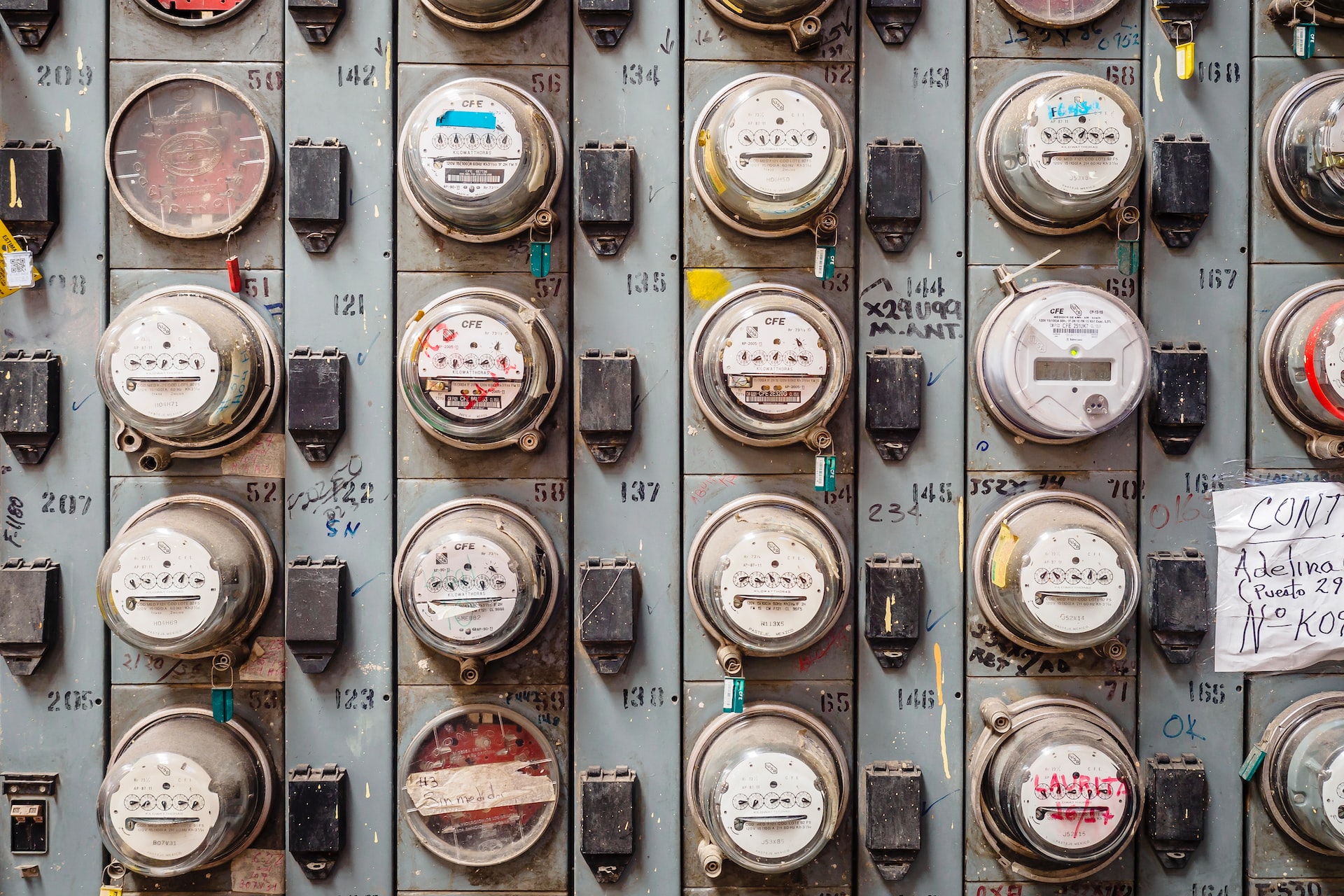Electricity costs are on the rise. Homeowners are struggling the most to front the bill. The residential sector is the highest consumer of electricity, ahead of both the commercial and industrial sectors.
Unfortunately, most homes in the United States haven’t undergone any energy-efficient upgrades that would lower their electricity use, and ultimately, the amount of money spent each month.
But what is the average household energy consumption for American families? What can they do to help lower this burden and take control of their energy use, and their carbon footprint? Keep reading below to find out now.
Contents
Power Sucking Appliances
Single-family homes and multifamily units like apartments and condos use more electricity than businesses and industrial facilities. Almost all of the power consumed by a housing unit comes from electricity.
So why are we using so much power at home? The biggest reason is heating and cooling. Keeping our homes cool in the summer is the biggest offender when it comes to electricity consumption.

Space heaters are second on the list and are common for homes that don’t have a natural gas heater. After that comes lighting, heating water, powering appliances, and charging up electronics.
Aside from summertime, when AC units run continuously on hot, sunny days, nighttime is when most power is used, as lights are on and most people are home using electronics and appliances.
Since most homes draw power from their local utility company, that means most are contributing to greenhouse gas emissions. Large-scale electricity grids are often powered by the burning of coal or oil, both of which are limited resources with high levels of emissions.
Learning how to conserve power at home can help save homeowners money, as well as lower greenhouse gas emissions to protect the planet.
Average Household Energy Consumption
Household energy consumption has increased dramatically in the past few decades. With so many new devices and appliances inside the average home, we are sucking more power than ever before.
But what is the typical household electricity consumption rate? In 2020, the average household used 10,715 kilowatt-hours (kWh). Over the course of a month, the average household used 893 kWh per month.

That’s nearly 30 KWh per day. The cost of each kWh ranges from $0.13 to $0.24 in the continental US, depending on your state and city.
The average monthly cost out of pocket for homeowners is around $122.
Energy Consumption by State
The websites of the Environmental Protection Agency (EPA), and the US Energy Information Agency (EIA) are loaded with helpful statistics that can help us understand where our energy comes from, how we use it, and how much it’s costing us.
For example, according to the EIA, Louisiana had the highest rate of energy consumption per household, while Hawaii had the lowest.
Coincidentally, Louisiana has one of the lowest costs of electricity, while Hawaii has the highest. The cost of electricity in Hawaii is nearly three times that of most other states.
We can see from this information that those who have the cheapest energy use the most of it, and those with the most expensive energy learn to adapt so that they don’t depend on a lot of power.
How to Measure Household Energy Consumption
There are various ways of measuring household energy consumption so that you can see where you stand in relation to national and state averages.
The easiest way is to look at your electric bill. It should tell you how much power your household consumed during a given pay period. And it should tell you the cost you were paying during various times of the day.
While it can be confusing to decipher, you should be able to figure out your cost per kWh and how much your home uses in a month.

Many local power companies will also include information, comparing your energy uses to similar homes in your area. You can see if your home is more or less energy efficient based on how much power you consume.
This can help you identify areas for improvement and give you hope that your monthly power bills could be much lower.
You can also purchase a device called an electricity usage monitor at a local hardware store. You can plug these into most electronics that run on 120 V (not big appliances that require 220 V).
The monitor will tell you how much power each device is consuming. By taking the time to measure different items in your home, you can quickly identify the power suckers and ensure you unplug those when they aren’t in use.
Tackling the Energy Consumption Problem
Energy consumption is a huge burden for many homeowners and renters alike. With the cost per kWh on the rise, and the average household using more power than ever before, electricity bills are a problem.
Luckily, there are a few simple ways you can tackle this problem.
The most beneficial is by going solar. When you install solar panels at your home, you will ideally eliminate your monthly power bill completely.
Not only that, but you may even make extra money through a program called net metering, where you sell excess power back to your utility company.
As long as you have enough panels installed in your home, you don’t have to worry about limiting electricity usage inside the home. Nor do you need to worry about rising electricity costs, since you produce your own.
Ways to Lower Electricity Consumption
There are also plenty of ways to lower the amount of electricity that you use. For one, you can install a smart thermostat in your home, giving you more control of your air conditioner.
Maintaining a specific temperature, and adjusting that throughout the day can help preserve power. You can also plant trees around your home to shade it from the sun or install window films that block out UV rays.

Upgrading to energy-efficient appliances is another big bonus. Swapping out old lightbulbs with new LED bulbs is an underrated, yet very impactful way to save on power costs.
And simple habits like turning off lights and electronics when not in use can go a long way to trimming your electric bill.
Take Control of Your Power
The average household energy consumption rate is on the rise. We rely more and more on technology, and we spend more time indoors at home.
The best thing we can do is take electricity into our own hands by going solar, or at the very least, making our households more energy efficient.
Looking for more information about this? Check out other helpful articles on our blog now.




